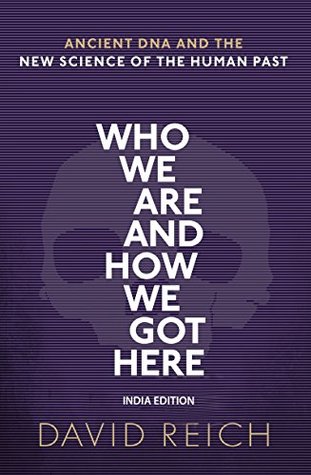More on this book
Community
Kindle Notes & Highlights
the lower genetic diversity of non-Africans compared to Africans reflects the reduced diversity of the modern human population that expanded out of Africa and the Near East after around fifty thousand years ago.
the people who live in a particular place today almost never exclusively descend from the people who lived in the same place far in the
the past was a much simpler place than the present, and that by focusing on populations today that are not affected by major migrations in their recorded history, he might be studying direct descendants of people who lived in the same places long before. But what the study of ancient DNA has now shown is that the past was no less complicated than the present. Human populations have repeatedly turned over.
We are now producing data so fast that the time lag between data production and publication is longer than the time it takes to double the data in the field.
there are also occasional differences between DNA sequences. These differences are due to random errors in copying of genomes (known as mutations) that occurred at some point in the past. It is these differences, occurring about one every thousand letters or so in both genes and in “junk,” that geneticists study to learn about the past. Over the approximately three billion letters, there are typically around three million differences between unrelated genomes. The higher the density of differences separating two genomes on any segment, the longer it has been since the segments shared a common
...more
What they found is that the deepest branch of the tree—the branch that left the main trunk earliest—is found today only in people of sub-Saharan African ancestry, suggesting that the ancestors of modern humans lived in Africa. In contrast, all non-Africans today descend from a later branch of the


